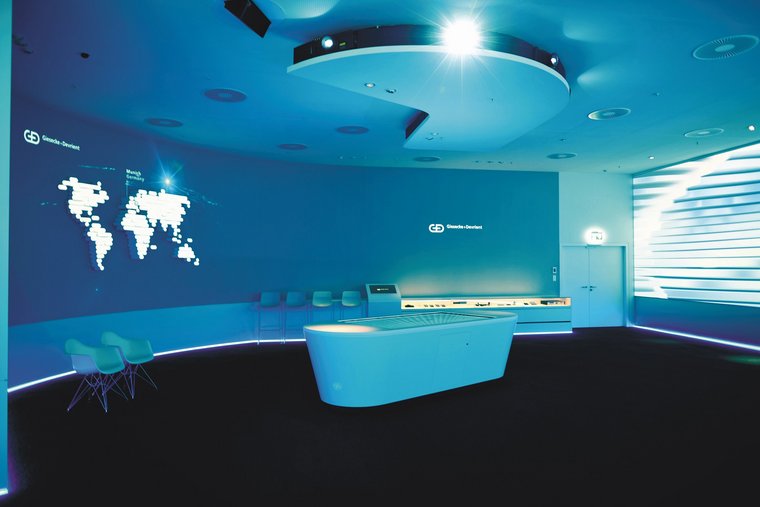Connectivity on the rise
Mobile banking and many other aspects of our daily lives would be nothing without the connectivity and the devices on which it depends. The use of mobile phones has increased dramatically. In 2012, approximately 1.2 billion people were using mobile phones, three times the number using them in 2010. In the following years mobile phone usage would triple again. By 2017, 3.5 billion people were using smartphones, with all the capabilities these devices possess.
Just as mobile phones have evolved into smaller and more flexible tools, so SIM cards have both shrunk in size and become useful for more purposes. G+D produced the first commercial SIM card in 1991, for the Finnish mobile network operator Radiolinja (now called Elisa) – and has been innovating ever since.
Innovation is not just a question of developing new formats such as mini-, micro-, or nano-SIMs. In 2012, G+D created a reprogrammable eSIM. This technical achievement unlocked a new category of use cases. Objects can be manufactured with embedded SIMs, which can be reprogrammed to connect with different mobile networks. This is vital for the Internet of Things, which will rely on embedded SIMs. eSIMs will have a crucial role to play in many areas in the years ahead, not least in the automotive industry, where they are a key enabler of many features, including self-driving cars. In 2019, around 90% of leading automobile manufacturers, including BMW, were already customers of G+D’s eSIM management.






